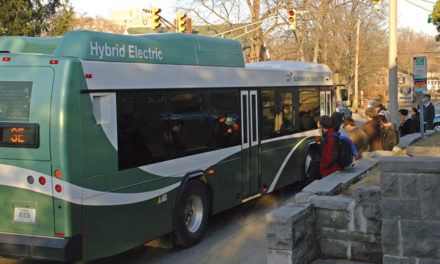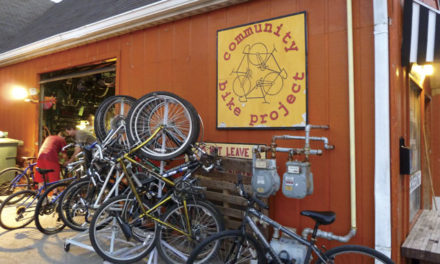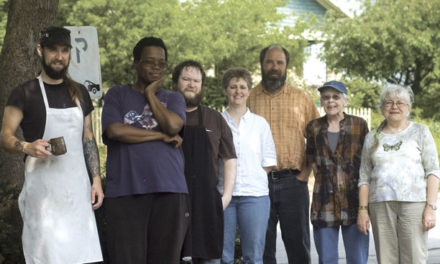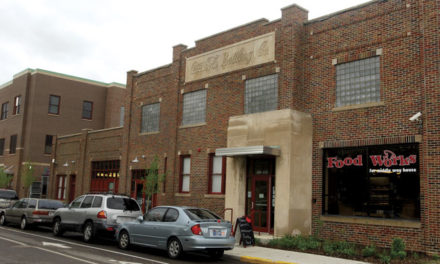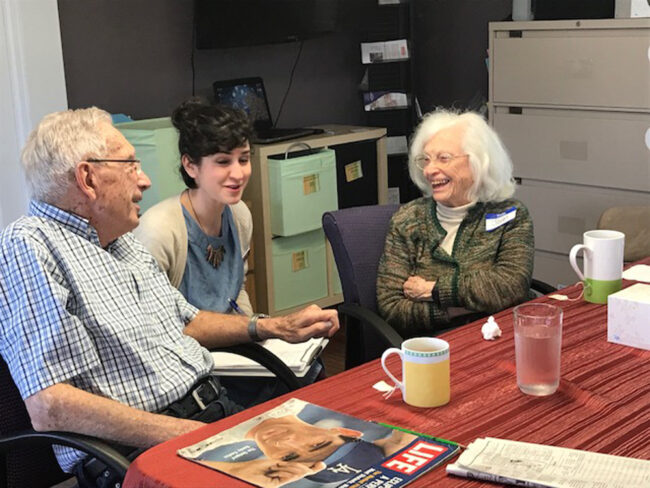
by TRACY ZOLLINGER TURNER
History museums are often full of everyday objects and cultural touchstones, the kinds of items that, with compassionate assistance, may evoke memories for adults with dementia and facilitate rewarding conversations with those who care for them. So when Susan Dyar, director of the Monroe County History Center (MCHC), learned about an app designed to use museum resources for that purpose, she knew she wanted to bring it to Bloomington.
There are more than 200 kinds of dementia, Dyar says, and one in two adults over the age of 80 have some form of it, often without a formal diagnosis. Only 10% of those with dementia live in a memory care facility.
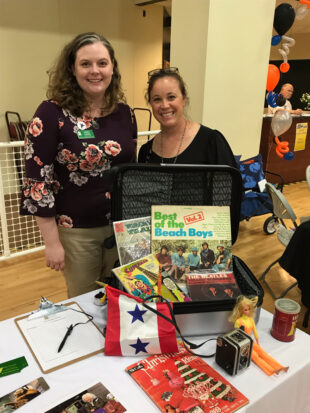
Developed by the National Museums of Liverpool in England, the app Dyar found, called My House of Memories, includes images of museum objects coupled with gentle prompts such as, “Did you have a toy train?”
“It’s less about the history of the object and more about finding ways to tap into memories,” Dyar says.
My House of Memories is part of the museum’s Living with History dementia-friendly series. Developed in partnership with IU Health’s Alzheimer’s Resource Service (ARS), the Living with History program alternates between guided “memory walks” through the galleries and “memory cafés,” in which caregivers and people with dementia can participate in guided activities centered around themes such as gardening and pets.
“Isolation can really speed up symptoms, so getting people out into the community and interacting with people really does help,” Dyar says.
A $30,000 Community Impact Award from the Community Foundation of Bloomington and Monroe County was used to pull the resources together to develop and launch the programs. The MCHC has also created the first of four “memory suitcases”—filled with common items from the 1960s along with prompts designed by the team at ARS—which can be checked out for use.
When education manager Andrea Hadsell takes groups on memory walks, she brings along peppermints, lemon drops, and recordings of TV show theme songs and Chubby Checker hits. On one of her first walks, people started dancing. “I think we were laughing for about a half an hour straight,” she says. “It’s a really wonderful experience. It’s about facilitating connection.”
For more information, visit monroehistory.org.


